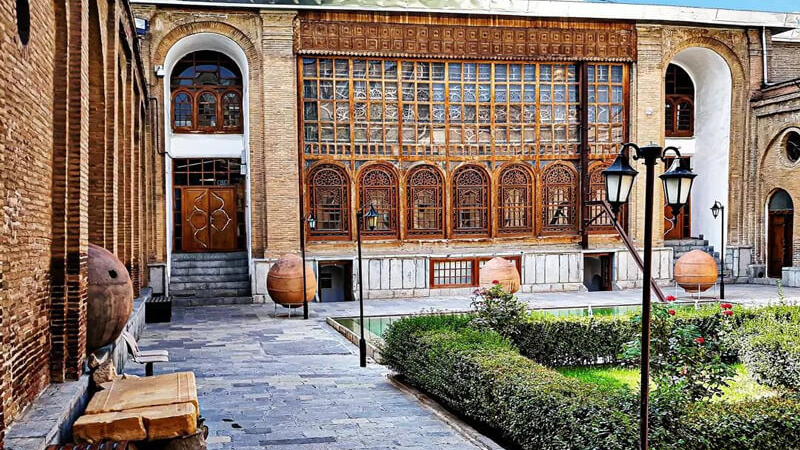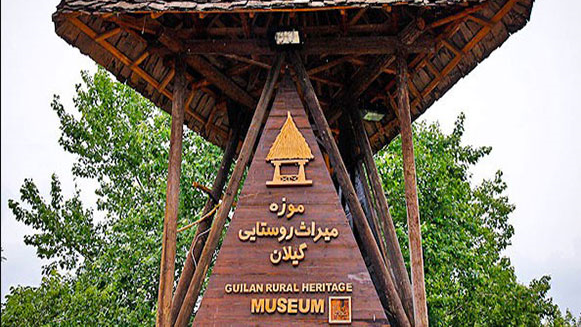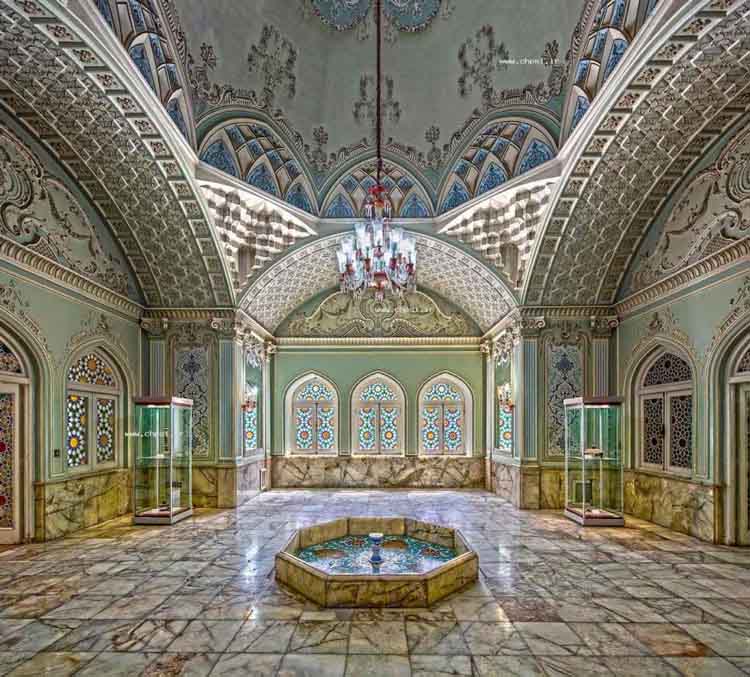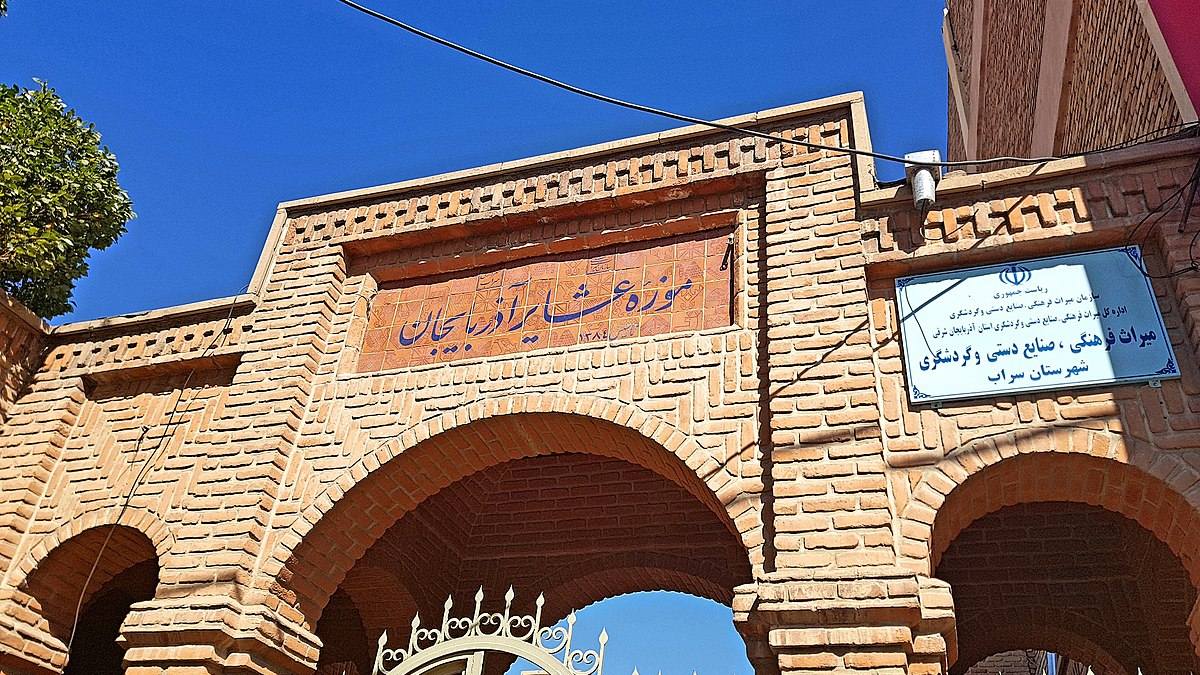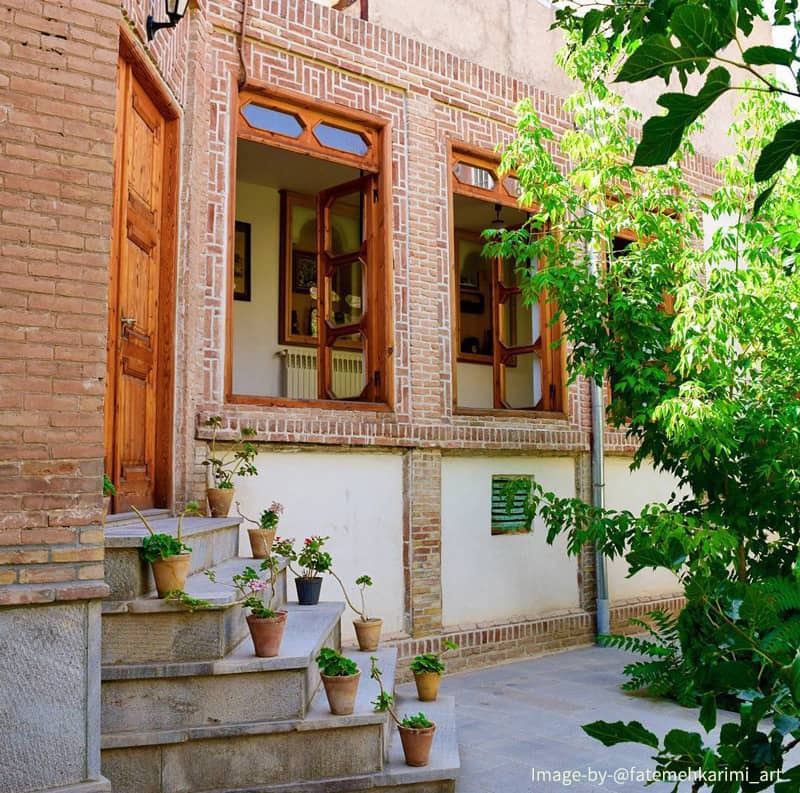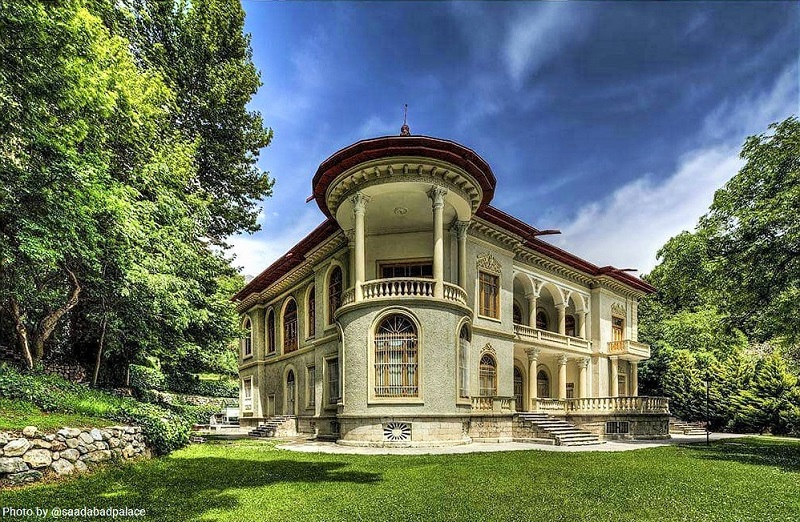
Khoda Afarin Archaeological Museums
Having spectacular natural landscapes and a long historical background, the East Azarbaijan Province of Iran can be a desirable destination for tourists. Located in Khomarlu City, Khoda Afarin Museum houses historical works depicting the history of several thousand years of human habitation in this area.
Where Is Khoda Afrin Located?
Khoda Afarin is a county in the north of East Azarbaijan Province bordering the Aras River from the north. The county has an area of about 1,525 square kilometers and it covers 3.3% of the area of the province. Khomarlu City is the center of this county, which was separated from Kalibar County in 2010.
Being located between the Qaradagh and Caucasus mountains and having access to suitable water resources have boosted agriculture in this region. The large Khoda Afarin Dam is a type of earthen dam with a clay core and is an important source for supplying agricultural water in this city. The height of the dam is 61 meters and the length of its crown is 390 meters. In addition to providing agricultural water for about 30 thousand hectares of agricultural land, this dam is a large power plant for supplying electricity to the region. As a part of the Aras Free Trade Zone, Khoda Afarin also plays a prominent role in trade exchange.
Historically, Khoda Afarin is considered an ancient human settlement. The existence of historical bridges shows that this area has been used for crossing the Aras River and reaching its northern banks since the distant past. According to some reports, Khoda Afarin was the place of residence of the people of Rass; a people whose life story is briefly mentioned in the Holy Qur’an. According to some exegetes, the people of Rass threw their prophet into the well and thereby got caught in divine punishment.
According to archeological findings, during the rule of the Urartu (first millennium BC), life in this area was prosperous. Qarlujeh Tower, Aynalo Mansion and Protected Area, Vayqan Cave, Mardanagom Village, Tumanian Church, and Khoda Afarin Bridges are known as the most important tourist attractions and historical monuments of this city. In addition to this, the Khoda Afarin Museum has been established as a place to collect and preserve the items discovered in the archaeological excavations.
Khoda Afarin Museum
The establishment of the Khoda Afarin Museum dates back to 2012 AD. Many bronze and clay objects can be seen in this museum, most of which belong to the second millennium BC. The available pottery is mostly gray or pea-type. Bowls, pitchers, and jars make up the majority of pottery in the museum. The discovery of these vessels shows the way of life of the people of the region in the past and proves that they were proficient in the art of pottery. Apart from these objects, ornaments made of shells, glass paste, and ornamental stones are also on display in the Khoda Afarin Museum. Cauldron, dagger, arrowhead, and war and hunting tools are other objects in this museum.
By reviewing the objects exhibited in this museum, it is clear that human settlements in this area were not limited to nomadic life, but a type of permanent settlement also existed there in the millennia BC. Also, traces of permanent human settlements have been found related to seven thousand years ago in the ancient hills of Pasgah and Kohnehtapppehsi near Shojailu Village. Other works obtained show that human habitation in this continued until the Bronze Age in addition to the Chalcolithic Age.
By reviewing the objects exhibited in this museum, it is clear that human settlements in this area were not limited to nomadic life, but a type of permanent settlement also existed there in the millennia BC.
| Name | Khoda Afarin Archaeological Museums |
| Country | Iran |
| State | East Azerbaijan |
| City | Khomarlu |
| Type | Historical |
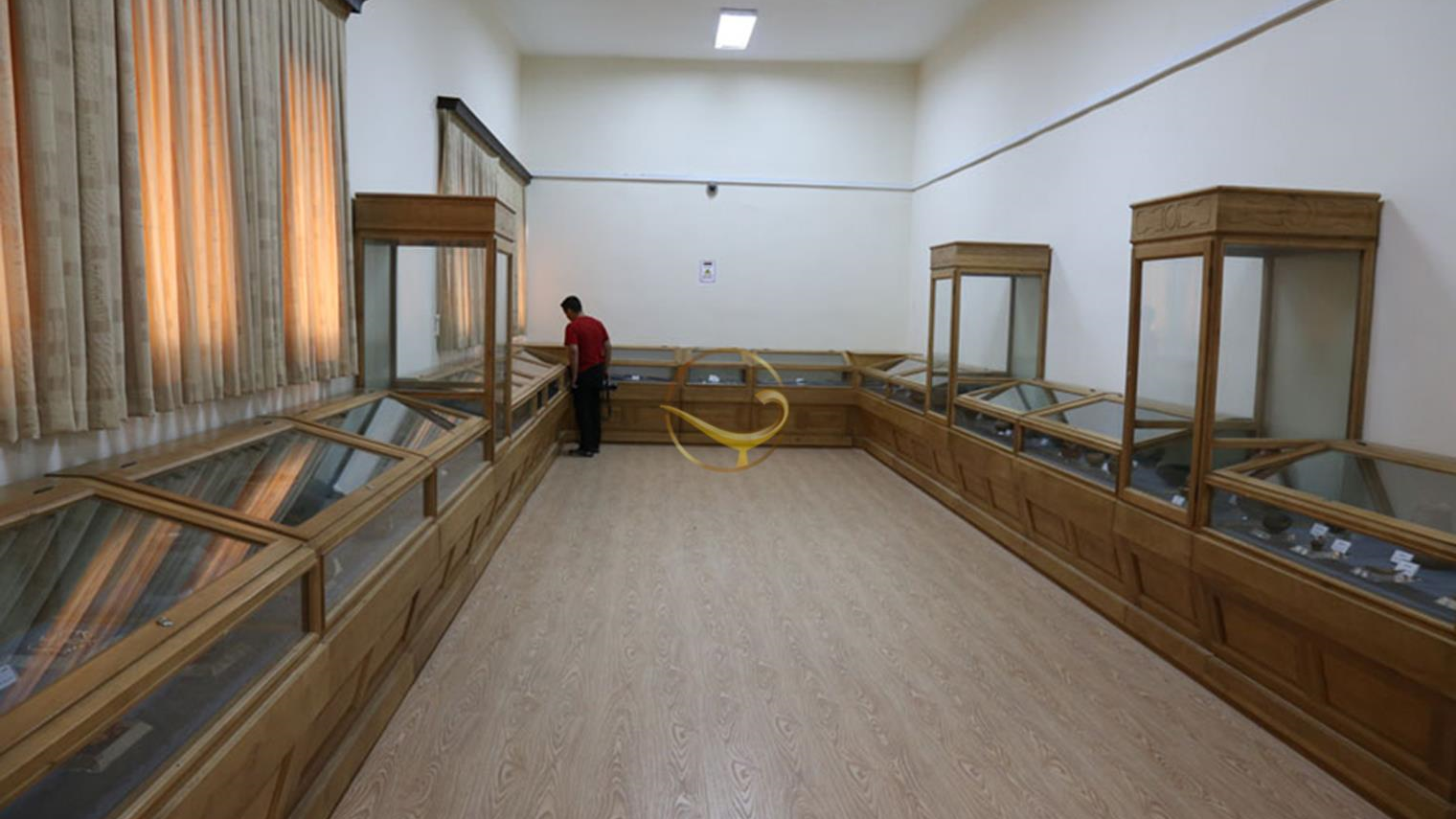
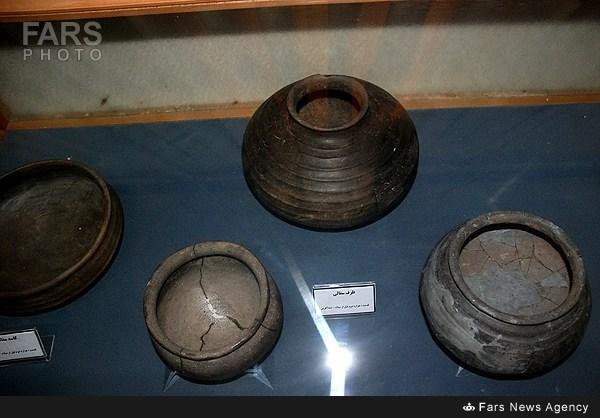
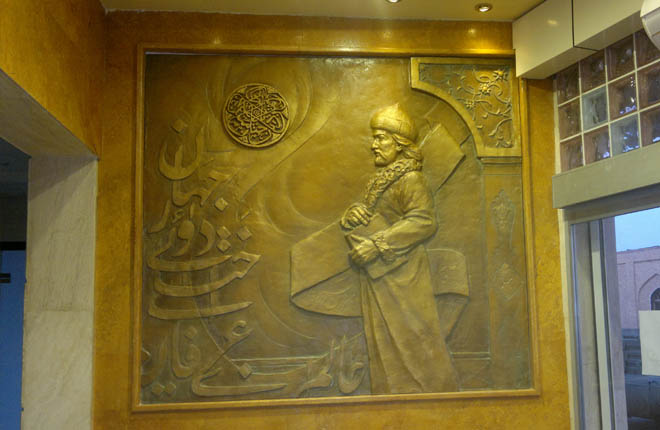
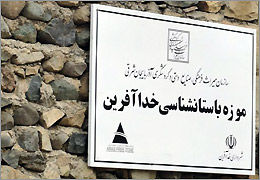






Choose blindless
Red blindless Green blindless Blue blindless Red hard to see Green hard to see Blue hard to see Monochrome Special MonochromeFont size change:
Change word spacing:
Change line height:
Change mouse type:




